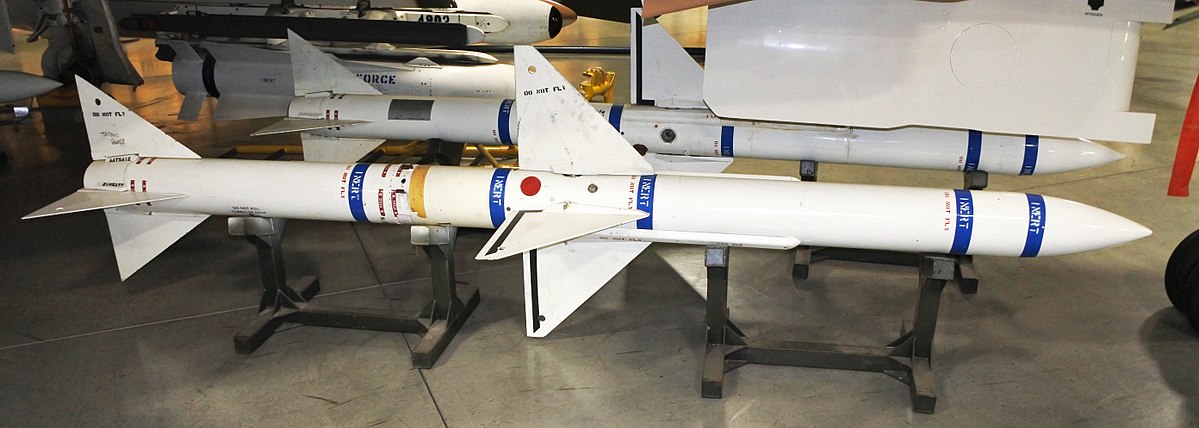Thanks, I was not aware ESSM could handle the shortest range ballistic missiles. But what about ballistic missiles with a range of 500km-1000km? THese are still considered "short range" and it seems Iran has already developed an anti-ship ballistic missile with range of 700km (the Zolfaghar-e Basir). They are probably not sharing this with Houthis today, but then again the pacing threat for Australia should be China...?I think it depends on the type of ballistic missile. An ATACMS, GMLRS or PRSM are all a type of ballistic missile, however they are entirely atmospheric, have a relatively flat trajectory and an ESSM would deal with them fine. I would view this is the kind of stuff (the Chinese or Russian equivalents) that the Houthis might get their hands on, or would be fired from shore.
The Chinese DL21, however are an exo atmospheric type of ballistic missile. Their balistic trajectory is much higher and they come down at a near verticle angle. ESSM has a range of about 50km horizontally, but can only go up in the order of about 10-10km. This is where ESSM is fallable as it can only engage very close, and its warhead is the smaller fragmentation type that may not have the mass to disrupt a heavy inbound slug.
The SM6 and the SM3 both have rocket boosters, so can get higher to engage the threat further away. That is why they are more capable at exo atmospheric ballistic threats. Less of a requirement in the Red Sea, more of a need in the South China Sea.
Zolfaghar (Dezful, Qasem) | Missile Threat (csis.org)
Of course as others have pointed out a tier 2 frigate should always be protected by a tier 1 vessel in high threat environment.


